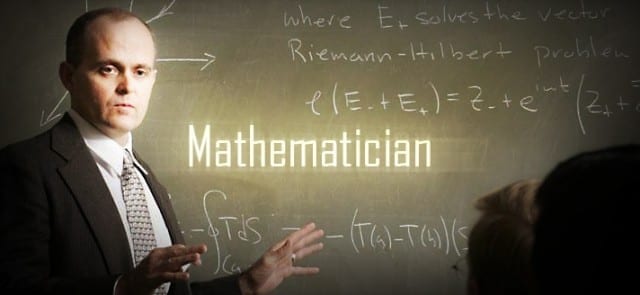
How To Sail Through Your Math, Interview of An Aspiring Mathmatician
An interview is a life-changing event of life either you sail through it or you learn to swim in a better way. Things get a little difficult when the subject is math, as it cannot be done orally unlike other subjects. But the advantage is Math is part of our daily lives, it is very much relatable. So here I am to help you sail through your Math interview here is a list of a few frequently asked questions to an aspiring Mathematician.
1. The Sofa Problem
Moving into a new house is fun, but when it comes to arranging your belonging into a new house, it can be a hefty process. What if, During the process of setting up a sofa in a compact living room can be a task. Supposedly, the hall to the living room has a 90° turn to it. After pushing harder and harder you couldn’t get your sofa to the position you want, and you get stuck there, then what?
The solution this problem in terms of formal mathematics is called Sofa Constant. You might be thinking what is sofa constant? Sofa constant is a two-dimensional idealization of real-life furniture-moving issues. So what we have are lower r and upper bounds, but the specific maximum of the area that can be bent around a 90-degree turn is an open problem in mathematics. Hence it turns out, another question of “how can an arbitrary shape of arbitrary size be bent around a corner?” which is an extremely difficult problem to resolve.
2. Another question that you may come across is - Divide 3/4th square into four equal parts?
Confused? Puzzled?
The solution to this problem lies in the question itself, just read it carefully by breaking it into small sections. The solution is given in the image below.
3. The Collatz Conjecture:
It is like a quiz anyone with a basic knowledge of maths can play and win it too.The quiz question would be-
Pick a positive whole number (any number) and then follow the steps given below:
• If it’s even, divides it by 2.
• If it’s odd, multiply it by 3 and add 1.
• Repeat with your new number.
So beginning with 6 as a number. It’s even, so divide by 2 to get 3. That’s odd, so multiply by 3 and add 1 to get 10. Even, so divide to get 5. Odd, so multiply and add to get 16. Even, so divide to get 8. Even, so divide to get 4. Even, so divide to get 2. Even, so divide to get 1. Odd, so multiply and add to get 4… and you’re trapped in a loop — no matter the number of times you do it now; you’ll circle between 4, 2, and 1 only.
Collatz conjecture implies that every positive integer will eventually lead you to one — that is, there are no other loops, right the way up to infinity. The only issue it has is despite being a simple set-up and believed to be true by mathematicians worldwide —it lacks an authentic explanation. Paul Erd?s, a prolific Mathematician claimed that ‘Mathematics may not be ready for such problems’, and Jeffrey Lagarias in 2010 stated that ‘this is an extraordinarily difficult problem to tackle, completely out of reach of present-day mathematics.’
In other words, no matter how simple things look, they all demand an explanation and if can manage to provide a logical explanation to this simple problem, you can create history.

